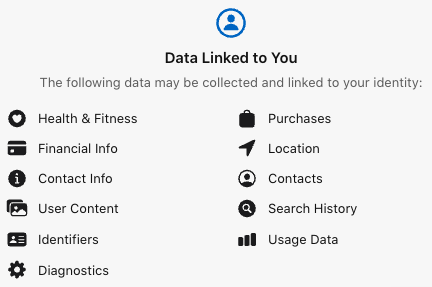Ransomware payouts are on track to make 2023 another banner year for criminals, netting more than $440 million since January, according to a recent analysis by Chainalysis. But there are ways for organizations to blunt the impact. Ransomware continues to be a growth business opportunity for criminals, whether or not victims pay up, because stolen data carries a certain value on the dark web, the shady corner of the internet reachable with special software.
For my latest post for SiliconANGLE, I put together a nine-stage model for how ransomware operates, to bring some clarity and be useful in figuring out how to detect an attack before it develops into a full-on multidimensional threat.

